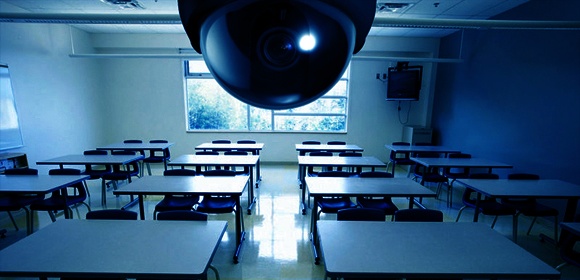
It’s August, and that means that students nationwide will be returning from their dreaded summer vacations back to the exciting, fun-filled, and friendly daily grind of…school. Yes, school is back, parents! That means that school threats are as well. While every school across the nation has likely outlined and practiced their safety plan, are schools truly prepared for every possible threat?
When it comes to campus security, many schools tend to focus on rehearsing the more probable events such as fires, natural disasters, or health-related incidents with little emphasis being placed on events that can have a far greater impact than a small kitchen fire. The world is a crazy place at the moment, and preparing for the unexpected can make a serious difference.
It is certainly no secret that active shooter events are on the rise, with an increased amount taking place in K-12 schools. Often without any prior warning signs, an active shooter scenario can leave a catastrophic footprint in a matter of minutes, leaving a community in complete disarray. That is why it’s crucial to prepare for them.
Train and empower your staff to act quickly during an event, including implementing an immediate lockdown procedure, a proven method for reducing the impact of an active shooter event. In Sandy Hook, 20 of the victims were in unlocked rooms and the others were in the hallways. Students, faculty, and staff that hid behind locked doors were all spared. Rumors of safety concerns surrounding the Sandy Hook shooting led to unproven methods being implemented at other schools, so make sure you train your staff using proven and effective safety procedures.
When integrating technology with your security action plan, there are several ways to enhance your ability to prevent and/or manage events. Access control in buildings and classrooms can stop a shooter from being able to enter the building in the first place. The method is cost-effective, easy to install, and has been proven to minimize perimeter breaching. In the event of a breach, a proper surveillance network can act as a secondary layer of security. Gunfire detection technology and mass notification systems are also becoming efficient ways to alert students, faculty, and staff that an event is occurring.
While having a state-of-the-art security system can be pivotal in protecting your school against an event, your safest course of action lies in the very people you are trying to protect by educating them and properly preparing them for every possible scenario they may face.
